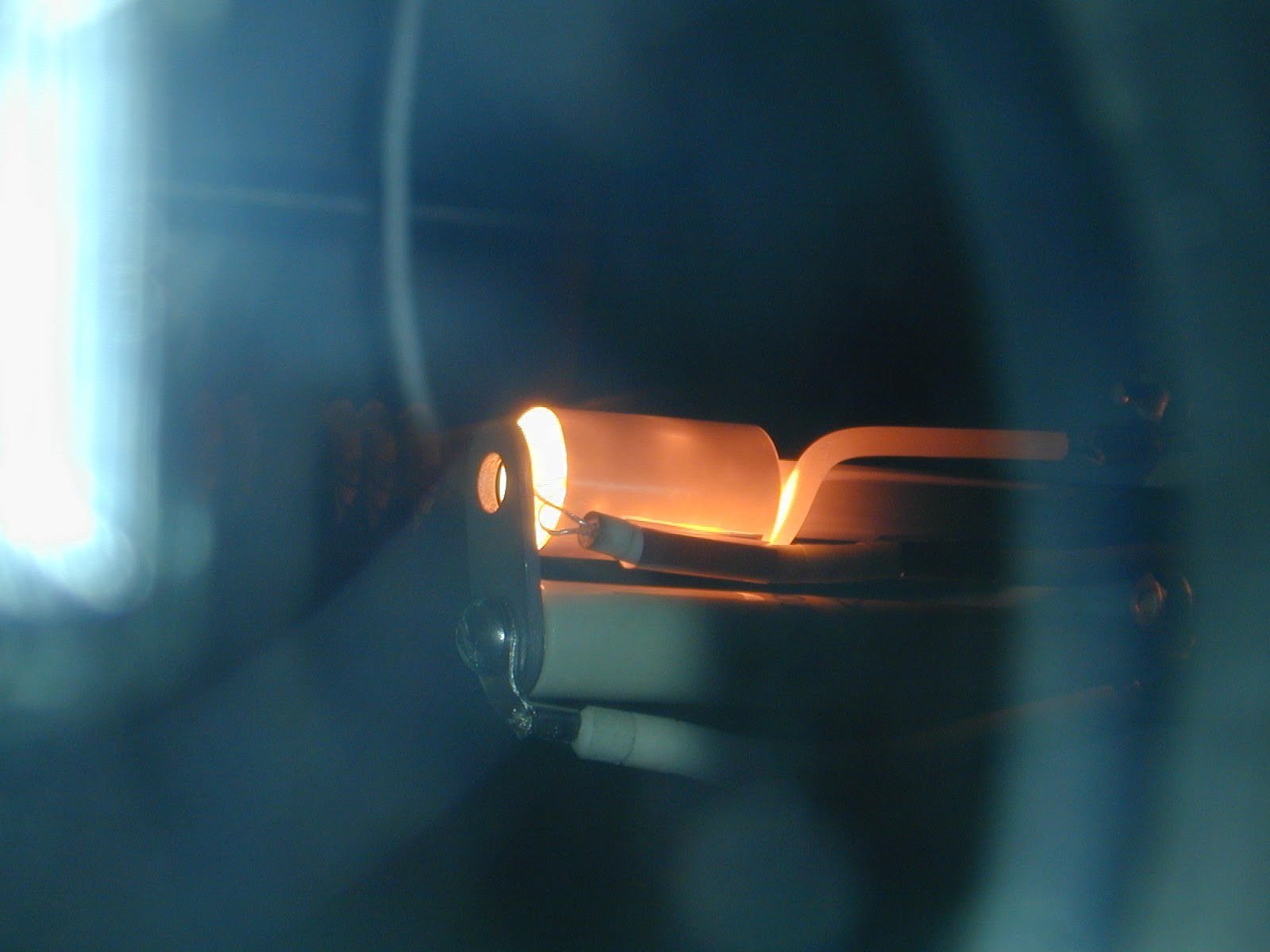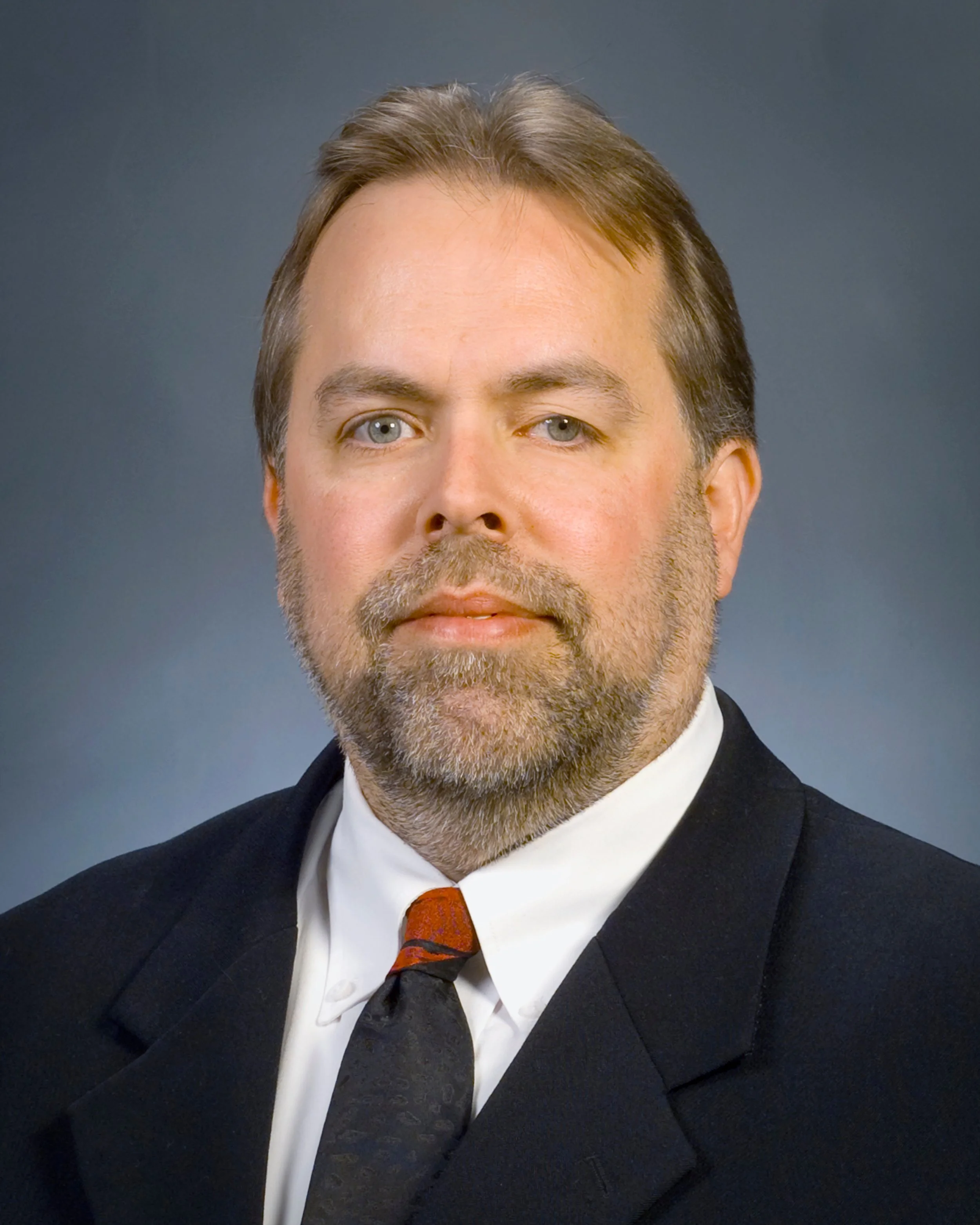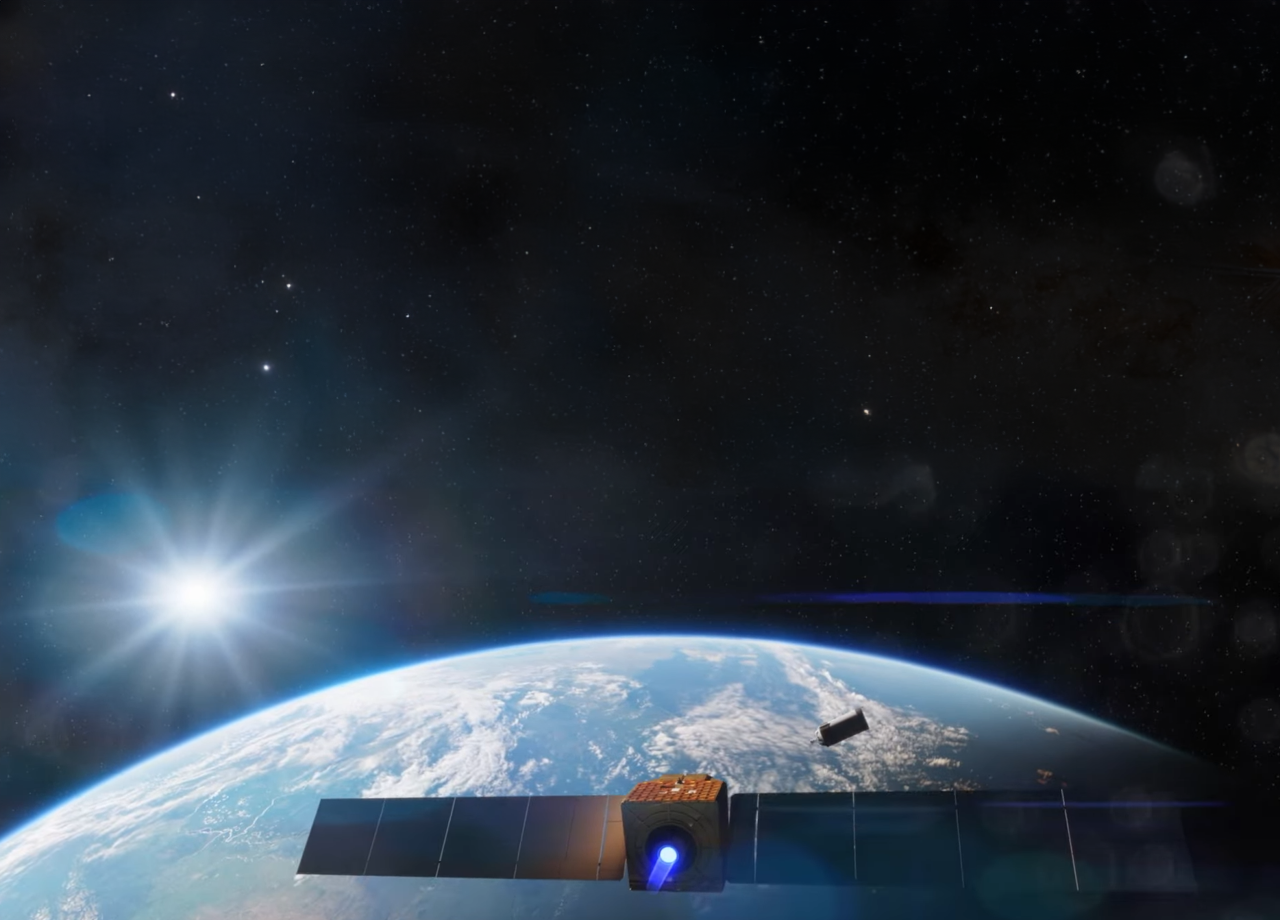
Our Team
No longer does the core-competency for high performance spacecraft electric propulsion lie exclusively within the government
Meet Our Team of
Electric Propulsion Experts
Collectively we have over 180 years of experience in Electric Propulsion, and have designed & developed every Hollow Cathode and every Gridded Ion Thruster flown by NASA in the last 4 decades.
-
Founder + ChairmanMr. Patterson formerly served as the Senior Technologist for In-Space Propulsion at NASA Glenn Research Center where he led the development of numerous EP thrusters and systems for over 40 years. During that period he designed and tested over 40 different thrusters, including more than 30 gridded ion thruster designs.
Mr. Patterson designed and developed NASA’s NSTAR thruster successfully flown on JPL’s Deep Space 1 and Dawn missions. He was also responsible for the design and development of the NASA’s NEXT thruster and ion propulsion system, most recently implemented on APL’s DART Mission.
He holds 12 patents, including the Annular Ion Engine concept, and is the recipient of an Aviation Week & Space Technology Space Laurel Award, Government Invention of The Year Award, a NASA Exceptional Achievement Medal, The Astronauts’ Personal Achievement Award – “Silver Snoopy”, and numerous other awards.
During his tenure at NASA some of his activities included working with U.S. commercial and U.S. Government representatives to facilitate the transition of NASA-developed EP technologies for application to Commercial Space (CS) and National Security Space (NSS) missions, and developing new and disruptive EP thruster and system approaches to address NASA, CS, and NSS requirements.
Mr. Patterson is an Electric Propulsion systems SME supporting multiple organizations including the Defense Systems Information Analysis Center (DSIAC).
-
Senior Scientist-ConsultantMark W. Crofton holds a Ph.D. degree from the University of Chicago (1987). Prior to joining The Aerospace Corporation, he was first to perform high resolution spectroscopy on several molecular ions of chemical and astrophysical interest, in some cases leading to discovery in interstellar space. He is currently a Senior Scientist in Electric Propulsion and Plasma Science at Aerospace, where he has performed research and analysis in space electric propulsion, spacecraft electrostatic discharge, and chemical propulsion areas for many years. He has created unique capabilities and performed seminal measurements in these fields, addressing performance, plume characterization, spacecraft-thruster interaction, anomalies, and other issues, contributed to thruster design and helped to transition arcjet, gridded ion engine and Hall electric thrusters from the development stage to flight.
Dr Crofton has provided extensive support to Air Force, NRO, Space Force, NASA, and commercial .companies over the years. He has been the principal designer of large space simulation facilities at Aerospace, most recently EP3 which provides the world’s fastest pumping speed of any dedicated test facility for space electric propulsion, due to its unique cryogenic pumping design. He is the author of more than 100 publications.
Dr. Crofton’s support of DWP includes beam and plume modeling, and associated spacecraft integration assessments including thruster erosion and film deposition.
-
John E. Foster received his B.S. in physics from Jackson State University (1991) and his Ph.D. (1996) in applied physics at the University of Michigan-Ann Arbor.
In total, he has worked on ion thrusters and electric propulsion devices science for 30 years. His graduate work involved understanding anode power deposition in magnetoplasmadynamic thrusters. This work involved understanding and improving the efficiency of this device. Throughout his academic and professional career, he has been involved in electric propulsion (EP) research, studying thrusters from each of the categories of plasma propulsion: electrothermal, electrostatic, and electromagnetic.
After graduation from Michigan, he served as the plasma diagnostics postdoc for the University of Wisconsin’s Center for Plasma-Aided Manufacturing. There he used a variety of optical and electrostatic diagnostics to study capacitive, inductive, DC-magnetron, and microwave plasma discharges.
He later joined the On-Board Propulsion group at NASA Glenn to study advanced, plasma-based propulsion. There his work focused on the design of ion thruster discharge chambers including small engines such as the 8-cm gridded ion engine, NEXT ion thruster and larger higher power variants as well as the application of various diagnostics for both discharge and plume measurements. He served as the PI for the ion thrusters then slated to be used on the Jupiter Icy Moon Orbiter mission. Under that program, he designed and tested the largest ECR ion thruster ever built. He also designed and tested the plasma diagnostics suite for the NASA NEXT ion thruster array, a multi-thruster array configured to simulate the Titan orbiter mission.
He left NASA (2006) to join the nuclear engineering department at the University of Michigan. His research at Michigan includes space propulsion and environmental plasma processing including water purification using plasmas.
Dr. Foster’s support of DWP includes discharge chamber magnetics modeling and ion optics electrostatics modeling.
-
Senior Mechanical Engineer-ConsultantMr. Haag worked at NASA Glenn Research Center for 38 years in Electric Propulsion until his retirement in April 2022. He became registered as a Professional Engineer in the State of Ohio in 1998 and was presented the NASA Exceptional Service Medal in 2014. His experience includes mechanical design of thrusters – including gridded ion thrusters – as well as development of precision thrust stands for EP thrusters ranging in power levels of a few Watts to several-hundred kilowatts. He holds 1 patent and has authored over 10 technical papers in electric propulsion.
Mr. Haag’s support of DWP includes thruster mechanical design and analyses, as well as thrust stand design and fabrication. Mr. Haag’s support is provided through Retrotech Engineering, LLC of Westlake OH.
Our Achievements
With over 180 years of collective expertise Desert Works Propulsion remains at the forefront of cutting-edge electric propulsion.
Our legacy is one of innovation and success,
and we’re not done yet.
We’ve developed several technologies from TRL1 to TRL9 during our tenure with the federal government, including multiple electric propulsion concepts flown on Deep-Space 1, Dawn, and DART, as well as the mission-critical spacecraft charge control system currently operational on the International Space Station.
Collectively, we hold more than 30 patents and have authored more than 500 technical papers and journals
In 2023, our team successfully engineered a design modification for conventional ion engines, resulting in a remarkable 40% increase in thrust density
We developed the patented Annular Ion Engine (AIE), allowing for the scalability of ion thruster technology to achieve enhanced performance levels
Our patent-pending IONPRO™ Series represents a paradigm shift in engine development
Harnessing Diverse Talent for Stellar Problem Solving
Our business tenet embraces the importance of diverse teams in problem solving. We leverage the diverse talent pool of New Mexico and beyond as we attack problems that will one day take us to the stars.









